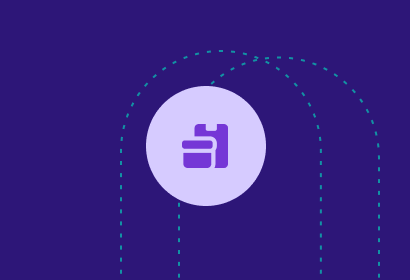
Consumers are becoming more conscious of both their spending and the environmental impact of their purchases. As a result, refurbished devices are emerging as a preferred alternative to buying new. Smartphones currently lead the way for the refurbished consumer electronics industry. According to International Data Corporation, global smartphone shipments increased 7.8% year over year to 289.4 million units in the first quarter of 2024. This is the third consecutive quarter of shipment growth, according to IDC.
What does this mean for sellers? While refurbished smartphones are in demand, it is wise for brands to diversify their product offerings now, according to Back Market’s Torrin Balsollier, Head of Strategic Supply Initiatives.
Back Market is a global marketplace selling refurbished electronics. In a recent webinar, Balsollier spoke with Rithum’s Nistaar Chandhok about the growing refurbished consumer electronics market and its impact on sellers. As demand for refurbished consumer electronics grows, it is important for sellers to consider expanding into new categories, such as laptops, tablets, cameras, and others.
While Balsollier and Chandhok discussed refurbished electronics, it’s important to note that overall, the consumer electronics market is also growing. According to Rithum data, sales in this category have grown 54% year over year (comparing EMEA GMV in January – April 2024 and January – April 2023 respectively).
Refurbished electronics help promote sustainability
Balsollier noted that refurbished electronics help promote sustainability and are driving transformation in supply chains. About 25% of Back Market’s customers cited sustainability as their main purchase driver, he said.
About half the carbon emissions from the digital sector (the digital sector comprising up to 4% of total global emissions) come from the production of devices like smartphones, computers and other tech accessories, according to Back Market data. Other statistics of note:
- 1,000 liters – Average amount of fresh water used to produce one smartphone
- 1,500 liters – Average amount of fresh water used to produce one computer
- 40% – Average portion of smartphones are made from plastic
By buying refurbished, consumers pay less as well as potentially reduce landfill waste. More than 50 million metric tons of electrical and electronic equipment waste was thrown away in 2019, according to World Health Organization data. That’s more than 6 metric tons of e-waste produced per hour.
“In the 10 years since Back Market launched, we’ve managed to avoid 1.3 million metric tons of carbon equivalent emissions,” Balsollier said. “That’s just Back Market alone. If the whole industry moves towards this, that number is going to significantly increase.”
Overcoming supply chain challenges and complex product catalogs
One of the biggest hurdles for the refurbished sector is ensuring a steady supply of devices, Balsollier said.
“I think the two main issues with supply flows are that people are not seeing the value of trading in. We feel there are a lot of devices gathering dust in cupboards and drawers at home. Part of that is because trade in programs don’t exist – particularly outside of smartphones,” he said.
By using Rithum, Back Market’s sellers can list their product catalog efficiently. “I think catalog and inventory management is key. As you diversify, product ranges get bigger and more complex. Finding a way to succinctly and efficiently manage that is going to be critical,” he said.
While smartphones have a limited number of configurations of colors and storage combinations, other consumer electronics categories can be far more complex. Whether household appliances or laptops, there can be dozens of combinations ranging from screen size to internal storage, ram, keyboard configuration, and others.
“The list really goes on. Building a tool or building a system to effectively manage that catalog/inventory, and then push it to multiple sales channels, is quite daunting to overcome,” Balsollier said.
Through Rithum, Back Market’s sellers can map their internal ERP to marketplace catalogs to push that inventory onto marketplaces automatically, eliminating manual tasks.
Retailers and manufacturers are increasingly recognizing the value of these programs for customer acquisition and satisfaction. For consumers, the refurbished market can offer more choices, better prices, and the opportunity to make environmentally-conscious purchases. For sellers, the refurbished market represents a significant opportunity to tap into changing consumer preferences while contributing to a more sustainable future.
Watch the on-demand webinar here.
Learn how Rithum can help.
 Back to all
Back to all








